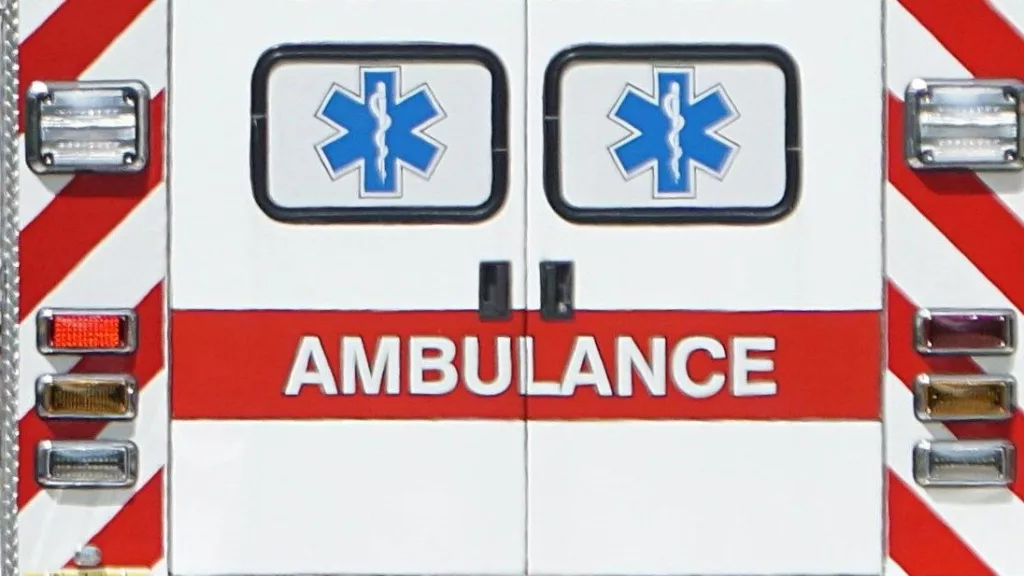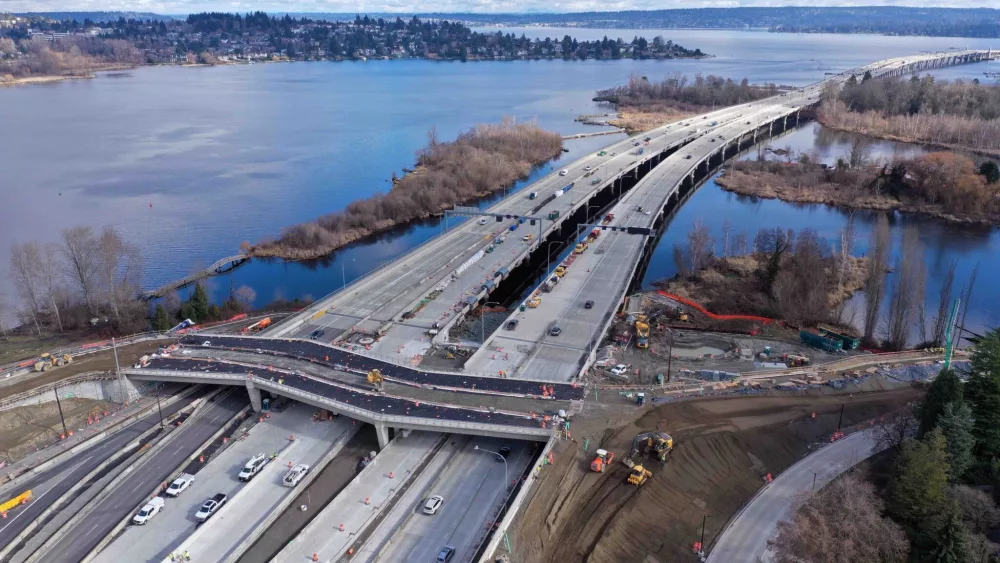OLYMPIA, WA – Calling 911 is often the first reaction in a medical emergency, whether at home or on the road this summer. It’s our indispensable safety net.
But who answers that call?
That’s one challenge John Nokes is working on. Nokes, a former paramedic, is working as a rural Emergency Medical Services consultant to the Washington State Department of Health on a five-year federal grant-funded project to improve the sustainability of emergency medical services across the state.
Rural counties rely heavily on volunteers to staff first response crews for basic life support and ambulance services.
“We have a workforce crisis in our rural communities,” Nokes said.
With a smaller and older population to draw from, recruiting and retaining emergency medical technicians is a challenge.
It should matter to every driver on Interstate 90 from Seattle to Spokane and to those exploring Washington’s beautiful rural counties.
Research out of the Maine Rural Health Research Center has identified Washington as one of the top six states for the population living in an “ambulance desert,” defined as living more than 25 miles from an ambulance station.
The report published by the Maine Rural Health Research Center identified more than 209,000 Washington residents living in ambulance deserts, according to the 2020 census.
The total number impacted is far higher. The report cautions that the numbers don’t take into account the impact of desirable rural destinations for vacation travel, commuting, and business travel on major transportation routes.
Merely having an ambulance sitting in a garage doesn’t solve workforce issues.
Jacquelin Maycumber, chief strategy officer for NEW Health, is familiar with the challenges in northeast Washington. She sees the problem in terms of training.
“We have the people, we need to get them the skill set,” the former state representative said.
Maycumber recently joined the Washington Rural Health Association as a Board member. She spoke enthusiastically about a program in the Republic School District to bring EMT training into the schools. About half the class graduated with a marketable skill after taking and passing the National Registry exam for EMT certification.
Several graduates from the school-based program have gone on to more advanced health care training, according to Maycumber.
Nokes came to the Department of Health with over 20 years of experience in both rural and urban EMS, including as a training officer and instructor. He pointed to ongoing efforts by the state Office of Superintendent of Public Instruction to have EMT training approved as a career and technical education course for high school credit.
In addition, hybrid courses are available for working adults willing to volunteer in their communities, according to Nokes.
He regularly meets with a geographically representative group of transporting and non-transporting agencies.
“Having the time to collaborate has been one of the most valuable outcomes of those meetings,” Nokes said.
In addition to strategies for recruiting, education, and workforce retention, the group has discussed sustainable financial practices. These practices are essential to keeping the safety net in place not only for rural residents but also for all active Washingtonians and visitors from around the world.





